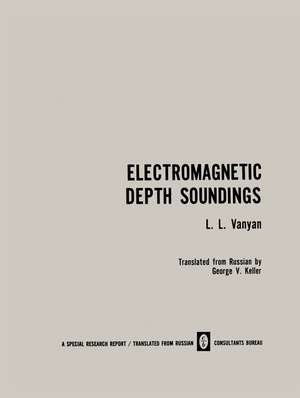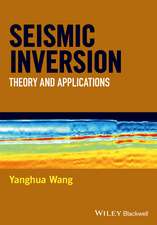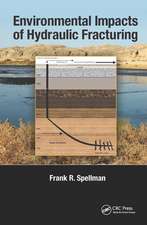Electromagnetic Depth Soundings
Autor L. L. Vanyanen Limba Engleză Paperback – 4 apr 2012
Preț: 651.67 lei
Preț vechi: 766.67 lei
-15% Nou
Puncte Express: 978
Preț estimativ în valută:
124.71€ • 135.42$ • 104.76£
124.71€ • 135.42$ • 104.76£
Carte tipărită la comandă
Livrare economică 22 aprilie-06 mai
Preluare comenzi: 021 569.72.76
Specificații
ISBN-13: 9781468406726
ISBN-10: 1468406728
Pagini: 324
Ilustrații: VIII, 316 p.
Dimensiuni: 210 x 279 x 17 mm
Greutate: 0.73 kg
Ediția:1967
Editura: Springer Us
Colecția Springer
Locul publicării:New York, NY, United States
ISBN-10: 1468406728
Pagini: 324
Ilustrații: VIII, 316 p.
Dimensiuni: 210 x 279 x 17 mm
Greutate: 0.73 kg
Ediția:1967
Editura: Springer Us
Colecția Springer
Locul publicării:New York, NY, United States
Public țintă
ResearchCuprins
Electromagnetic Sounding Methods —Introduction and History.- History of Electromagnetic Methods.- Electrical Prospecting with the Transient Magnetic Field Method.- I. Physical and Mathematical Foundation for the Transient Magnetic Field Method.- II. Calculation and Analysis of Theoretical Curves.- III. Equipment.- IV. Field Methods and Interpretation.- Appendix 1. Table of Hyperbolic and Inverse Hyperbolic Functions of Complex Arguments for Computing Wave Curves for a Transient Field.- Appendix 2. Typical Three-Layer and Four-Layer Wave Curves for Transient Fields.- Appendix 3. Nomogram for Determining the Correction for Finite Length of Source Dipole.- Appendix 4. Forms for a Field Log.- Fundamentals of Electromagnetic Sounding.- I. Geological Basis for Electromagnetic Sounding.- II. Principles of Quasistatic Electromagnetic Sounding.- Conclusions.- Concerning Some Causes for the Distortion of Transient Sounding Curves.- Measuring Array Located on a Sloping Surface.- Location of Source and Receiver at Different Heights.- Insulating Hemisphere near the Observation Point.- Concerning the Factors Distorting Frequency Sounding Curves.- Four-Layer Master Curves for Frequency Electromagnetic Sounding.











